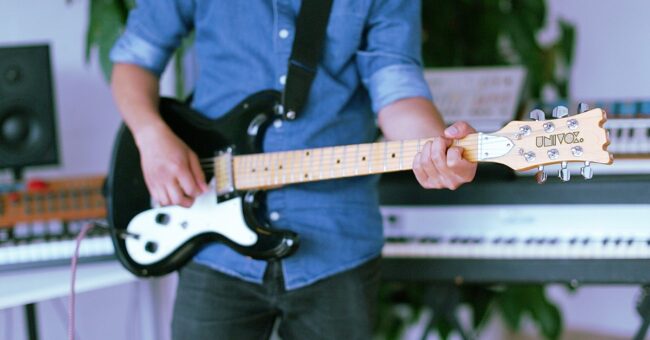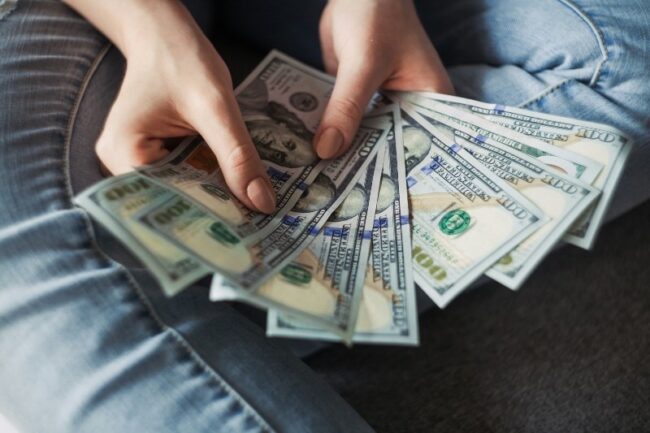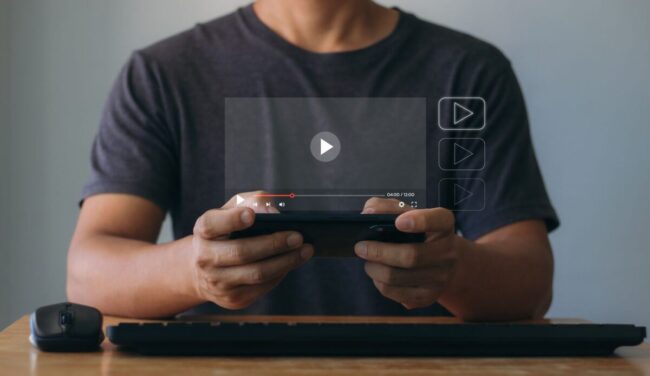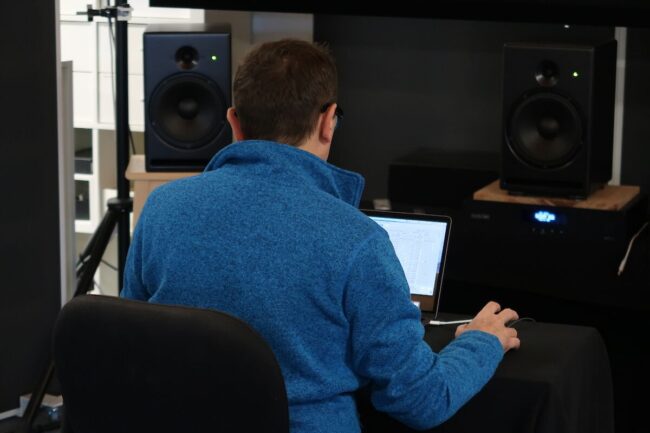The modern music landscape continues to shift away from the traditional label-driven model. Independent musicians now rely on digital platforms and direct audience engagement to fund, promote, and release their work. Among the most effective tools enabling this transformation is fan-based project financing, often called crowdfunding.
Unlike standard fundraising, this approach combines financial support with community building. Listeners become participants, helping artists turn ideas into completed albums, live sessions, or video productions.
Understanding the Mechanism

Fan funding operates on a simple principle: a creator presents a project, defines its budget, and invites the public to contribute in exchange for exclusive access or limited-edition rewards.
This system connects artistic ambition with genuine audience enthusiasm.
Through platforms such as Musicraiser, musicians have already generated millions of euros to realize their projects. The model benefits both sides — supporters gain emotional involvement and unique experiences, while creators maintain artistic independence and financial transparency.
Beyond finances, this system often cultivates a sense of belonging that transcends traditional fan-artist relationships. Many supporters become informal ambassadors, sharing updates and promoting the artist’s vision across their own social circles.
This organic promotion often leads to exponential visibility, especially when combined with storytelling techniques and emotional transparency. Moreover, the data collected from these campaigns provides valuable insight into audience demographics, helping musicians design more focused marketing strategies for future releases.
Strategic Planning Before Launch

A successful campaign begins long before it goes public. Key preparation steps include:
- Goal definition – establishing the financial target and describing how resources will be used (studio production, mastering, or visual materials).
- Reward structure – creating meaningful incentives that strengthen fan engagement, from digital releases to personalized content.
- Budget accuracy – calculating all costs, including taxes and logistics, to maintain credibility.
- Narrative clarity – developing a concise story and strong visual identity that communicate the artistic concept.
In addition, artists should research previous successful campaigns to identify what resonated with audiences.
Analyzing factors such as tone, video quality, and reward tiers can provide inspiration while avoiding common pitfalls. Building anticipation before launch—through teaser videos, live Q&A sessions, or newsletter previews—also helps create early momentum once the campaign begins.
This pre-launch stage shapes trust and sets the emotional tone for future contributors.
Audience Communication During the Campaign

Once active, consistent communication becomes the main driver of progress.
Regular updates, behind-the-scenes footage, and transparent progress reports sustain interest and attract new supporters.
Social media channels extend visibility far beyond the artist’s initial audience, transforming a small campaign into a broader cultural initiative.
Equally important is authenticity. People invest not only in music but also in the vision and sincerity behind it. Maintaining an open, respectful tone strengthens long-term engagement even after funding is complete.
Some artists enhance engagement through livestream performances or virtual meetups exclusively for backers. These moments of connection reinforce loyalty and allow contributors to witness creative growth in real time.
Every interaction, no matter how small, reinforces the sense that each supporter plays an essential role in the artistic journey. Artists who recognize and thank their supporters publicly also generate positive word of mouth, encouraging others to participate in future campaigns.
The emotional aspect of being “part of something bigger” can often outweigh the monetary contribution itself.
Innovative Online Platforms and Creative Synergy

Digital ecosystems continue to evolve, offering musicians new ways to interact with audiences. Some platforms blend creativity, entertainment, and user engagement to form modern cultural experiences.
For example, gaming and interactive entertainment communities increasingly collaborate with creative industries, emphasizing innovation and shared participation.
Those interested in exploring such emerging spaces can visit here — an online environment that merges digital interaction, design, and excitement, showing how creativity extends beyond traditional formats.
The future of music crowdfunding likely lies in hybrid ecosystems where blockchain technology, NFTs, and virtual events coexist with fan communities. These models enable transparent royalty tracking, collectible digital merchandise, and immersive concert experiences, further blurring the boundaries between art, technology, and fan participation.
Additionally, artificial intelligence is starting to play a role in campaign optimization — AI tools can predict engagement trends, recommend ideal launch times, and analyze fan sentiment in real time.
This data-driven approach complements human creativity, allowing artists to make informed decisions while staying true to their artistic values.
Fulfilling Commitments After Success

Delivering promised rewards on time consolidates trust. Sharing production updates, creative outcomes, and acknowledgments reinforces a sense of shared achievement.
Post-campaign transparency — for example, publishing short video diaries or financial summaries — demonstrates accountability and builds the foundation for future collaborations.
Many creators transform their backers into permanent followers by keeping them informed about upcoming tours or releases. A well-managed campaign thus evolves into a sustainable fan ecosystem.
It’s also wise to celebrate milestones together. Hosting private online listening parties or behind-the-scenes premieres makes supporters feel appreciated and part of the artistic process. These experiences can turn a one-time contributor into a lifelong advocate.
Over time, such loyalty forms a self-sustaining circle — successful campaigns attract new fans, who later become backers for upcoming projects, ensuring long-term creative independence.
Common Challenges
Typical difficulties include overambitious goals, lack of communication, or poor scheduling. Each can reduce credibility and limit potential reach.
Balanced planning, realistic budgeting, and regular updates remain the most reliable safeguards.
The process rewards persistence more than perfection — consistent engagement almost always outperforms one-time promotion.
Crowdfunding, while empowering, also tests an artist’s discipline. Managing communication, logistics, and creative output simultaneously can be demanding.
However, those who approach it strategically often discover new managerial and marketing skills that extend beyond the project itself. The experience can serve as an education in entrepreneurship, shaping the artist’s long-term career path.
Why Specialized Platforms Matter

Music-focused environments such as Musicraiser provide conditions specifically designed for creative projects.
These include tailored guidance, integrated marketing tools, and an audience already familiar with supporting independent work.
By focusing exclusively on musical initiatives, such platforms nurture a community where both fans and artists share mutual respect and cultural purpose.
Other specialized services now integrate fan analytics, social listening, and promotional automation, allowing creators to track performance metrics in real time.
This combination of technology and creativity ensures that crowdfunding remains not only a financial mechanism but also a strategic communication tool — one that strengthens the artist’s brand identity across multiple digital channels.
Conclusion
Crowdfunding has become an essential element of modern music production.
It merges creativity, technology, and audience participation into a single collaborative process.
When approached with preparation, transparency, and genuine artistic intent, it allows musicians to transform inspiration into reality — proving that independent creation can thrive through collective support rather than commercial control.
Ultimately, crowdfunding is more than a fundraising method — it’s a movement redefining how music is made, shared, and experienced. It gives artists freedom, fans purpose, and both sides a shared narrative built on trust, passion, and innovation.
